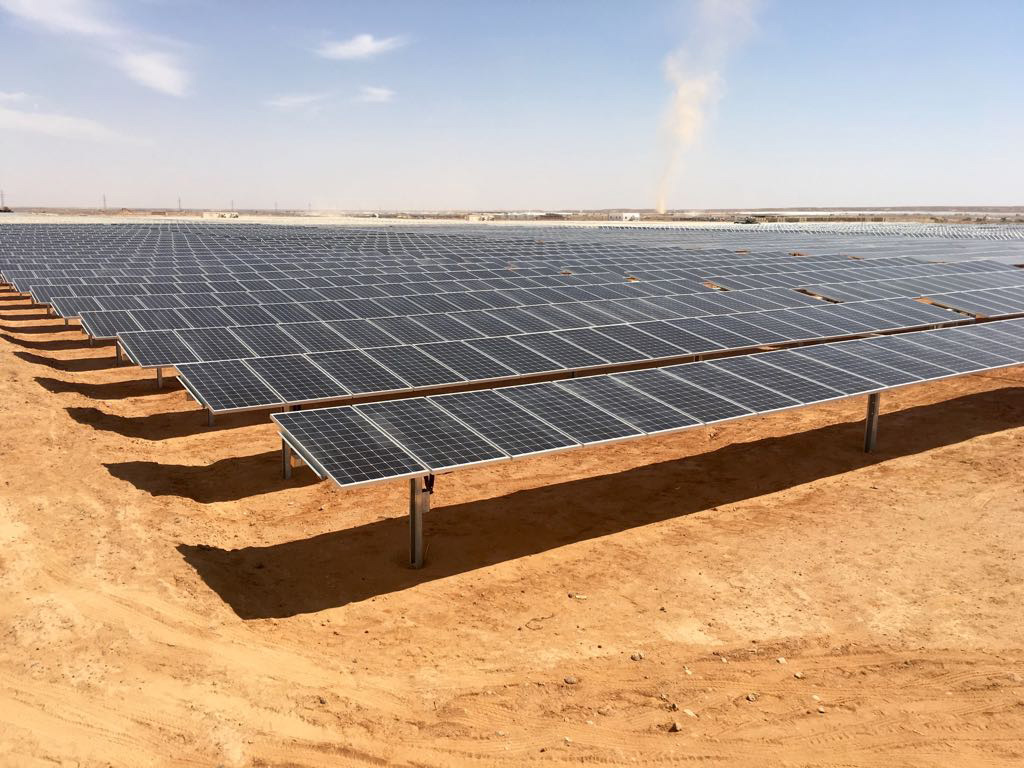The Hashemite University (HU) in Jordan initially announced the tender for a photovoltaic park in 2013. The tender documents invited “all eligible local and international companies for the design, supply, delivery, installation, testing, and commissioning of grid-connected low and medium-voltage photovoltaic systems at the Hashemite University campus, with a 5 MW DC nameplate capacity.” The No 32 /2013 tender aimed to pick the project's engineering, procurement and construction (EPC) contractor.
Last year Hashemite University also announced a tender “for the supervision and consultation for tender No. 32/2013.” The second tender expired on May 11, 2014, with bids remaining valid for a period of 120 days following the deadline.
HU has not yet officially announced the winner of the two tenders, although pv magazine has learned that the first tender was won by a consortium of Jordanian and European firms while the second tender, deciding the project's supervising engineer, will also need to be a consortium of foreign and Jordanian firms due to the tender's requirements. Specifically, the second tender is asking for supervising engineer to have “at least 10 years' experience supervision of 1 MW installations,” which is not available among domestic firms.
Hashemite University's 5 MW solar park
According to the tender documents, “the proposed design must have a nameplate capacity of 5 MW DC generated using grid-connected PV panel arrays without using any storage systems. The panels distributed around campus will provide a nameplate of grid-connected 1 MW DC low-voltage generation, while a grid-connected medium-voltage station located on the land owned by HU will provide the remaining 4 MW DC electricity generation.”
One of the initial tender's requirements was the PV modules' manufacturer to have been operating in the business of solar panel and PV units manufacturing for the past 10 years.
Samer Zawaydeh, a Jordan-based engineering consultant who prepared a bid for the second tender, told pv magazine that “the engineering department at the HU has paid special attention to solar PV systems for many years. They have designed and developed pilot projects using several PV technologies, e.g. poly-crystalline, mono-crystalline and thin film and in several configurations, such as rooftop and ground-mounted, with single and double axis tracking.”
HU also offers a renewable energy masters program, said Zawaydeh, thus it is widely seen as a solar PV advocate in Jordan.
Regarding the 5 MW solar park, Zawaydeh added that the university first started a pilot project to explore the best configuration for the installation. The configuration designs included trackers connected to grid, trackers off grid with storage, fixed mounting structure connected to the grid and a fixed mounting structure with storage. The HU engineering team monitored these systems for over 12 months until they reached a decision on the best setup.
According to Zawaydeh, over 50 companies purchased the tender documents and upon completion of the park the university will become one of the greenest in the region.
Jordans universities go solar
What is more encouraging is that HUs solar park is not an exception but rather the rule among Jordanian universities.
Ahlia University installed 276 kW PV project in 2013. Zaytouna University has completed the installation of 162 kW PV project and is targeting an expansion by around 1.5 MW. Petra University is also currently installing a 1.5 MW rooftop PV project.
The above list is not exhausted and is definitely going to grow larger very soon. Jordan Universities are leading the installation of PV Systems. They are setting an example as a large size consumer of electricity that can benefit from the economic and environmental advantages of renewable energy systems said Zawaydeh.
Jordan has over thirty universities and all of them are paying the $0.37 per KWh for electricity. This makes solar PV very attractive investment for this sector Zawaydeh told pv magazine adding that these are all net-metering installations. Thus, the university installations do not count towards the countrys utility-scale PV target, but instead comprise part of Jordans solar PV net-metering sector.
The University of Cyprus, in the nearby island of Cyprus, had also tendered the construction of a 10 MW solar PV park in 2013 and recently some universities in the west have joined the disinvestment movement. Western universities chould start exploring active ways of becoming energy independent by looking at their Middle Easter peers and specifically Jordan.
This content is protected by copyright and may not be reused. If you want to cooperate with us and would like to reuse some of our content, please contact: editors@pv-magazine.com.


By submitting this form you agree to pv magazine using your data for the purposes of publishing your comment.
Your personal data will only be disclosed or otherwise transmitted to third parties for the purposes of spam filtering or if this is necessary for technical maintenance of the website. Any other transfer to third parties will not take place unless this is justified on the basis of applicable data protection regulations or if pv magazine is legally obliged to do so.
You may revoke this consent at any time with effect for the future, in which case your personal data will be deleted immediately. Otherwise, your data will be deleted if pv magazine has processed your request or the purpose of data storage is fulfilled.
Further information on data privacy can be found in our Data Protection Policy.